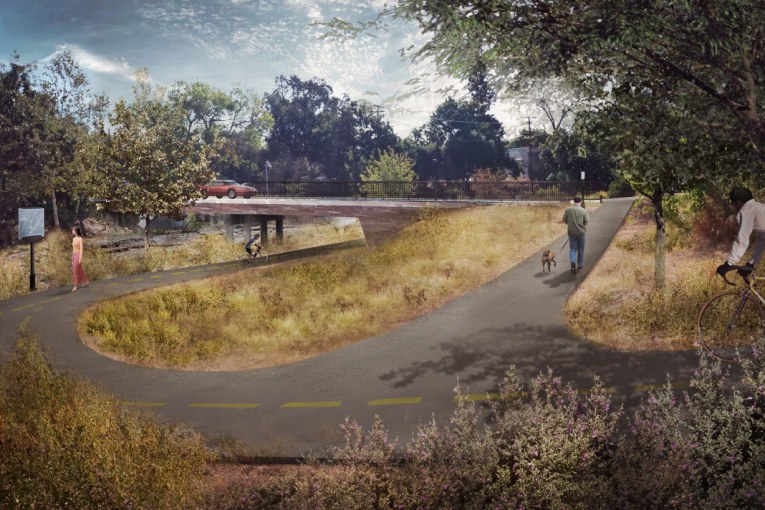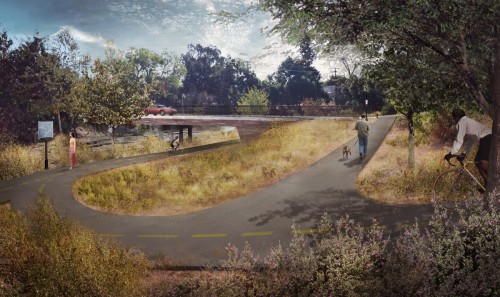

Yesterday the Vanguard published an analysis of the Nishi fiscal picture. In response, we received an anonymous note that raises a number of questions. In the interest of having a full and transparent conversation, we will publish this as food for thought.
City needs a defensible financial projection to show Nishi pencils out positive for city revenue vs cost wise…over the long run, or mechanisms are in place to assure this.
Here are the gaps I’ve seen that need to be remedied…I hope FBC staff and consultants can dig in. Council does not have bandwidth, and too many are suffering from “confirmation bias”, and the business community, who is always concerned about cost/benefit, has already endorsed the project before the answer is in.
- Account for lack of Prop 13 setup in value in projection of Property Tax Revenue Most likely scenario most of these building will be tax assessed at cost: construction cost of the buildings (x infrastructure) and cost of land…i.e. AG value developer purchased it at.
- Reconfirm Market value for Assessment. The “Resale Market Value” of the building numbers used are high relative to what professional appraisers have seen in the market. These values are so key, having a 3rd party confirm is important. But of course, these numbers are only good when the property sells….otherwise first issue (Prop 13) holds.
- Year by year cash flow for project is important to confirm its benefit to the city for project’s FULL life cycle, not just year 1. Under Prop 13 assessed value rises at 2% under Prop 13 “freeze”, yet city’s cost rise faster, especially personnel costs, at a much higher rate. So you are taking today’s property tax value/rate and today’s cost and projection out five years. When you project the costs out 20 years, will the project really pencil as benefit to the city?
- Consider Government “grants” as part of the break even. Developer is excited about getting Government grants to finance infrastructure needed by the project once it is okayed. This is tax payer subsidy. Have payback of these funds been worked into the breakeven analysis? While this is “free money” that does not come from City budget, won’t these funds lower the chance of city getting ‘free money’ for other projects from SACOG, the state, etc.
- Measure project revenue against a true “sustainable” city cost as well as the “target” operating costs of the city. Consultant used as “breakeven” payback to the city last year’s budget/cost….even though we residents have been told, in context of tax increases and salary increases, that spending rate is not “sustainable” and more taxes are needed. Also, if we ever hope to been in a lucky-condition like Palo Alto, we should be projecting new project revenue to yield that an “Ideal” aspirational revenue per acre. Otherwise we are just in a treadmill.
- Any Incremental Cost Analysis needs to include Time and opportunity costs to the Political process Nishi is taking a lot of council and community time…and will take more. There are other improvement council could have focused on. And it city staff and council time in the future will be needed to manage of infrastructure upgrades are in part driven by project. YOU also want to include recovery of sunk-cost by council/staff to date.
I also would include some value for community involvement in process….volunteer time spending reading NISHI stuff is taken away from other community endeavors. If you want to monetarized this on time costs against future revenue for at NPV, you could cost out all this one-time investment at, say $20/hr for citizen, and $200/hr for council and actual cost for staff, and see if project is Paying back 20%/year to for the Pre Measure J/R time, and say 5% ROI on later investment. I suggest 20% or even 40%, as it the magnitude of return rate of speculative financial investment expect in startup.
- Need to do a risk analysis of County/City property Tax split. How much is viability of project affected if revenue split is different than what is projected? Does city need to insist on a 40/60 split with county to make this project viable…and city is taking the risk, and county is not assuming much incremental costs or overhead with built out. This analysis is critical in city’s negotiation with county on tax split?
This is the price of living in a dynamic community, and it doesn’t seem reasonable to charge it to the project. It’s a cost that’s borne by the citizens regardless of whether or not the project is approved.
I thought the county share was limited to the make-whole amount, i.e. the revenue it loses upon annexation. How much negotiating leverage does the county have, and on what basis?
This was posted by request from Jeff Miller:
Here is one additional gap in the Nishi financial/sustainability/access analysis.
http://static1.squarespace.com/static/53dd6676e4b0fedfbc26ea91/t/565273bee4b0a58f18585acc/1448244159364/?format=2500w
What the heck does the price of parking in Hoboken have to do with Nishi?